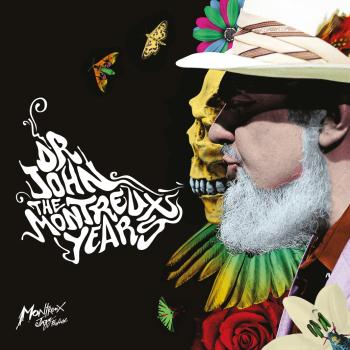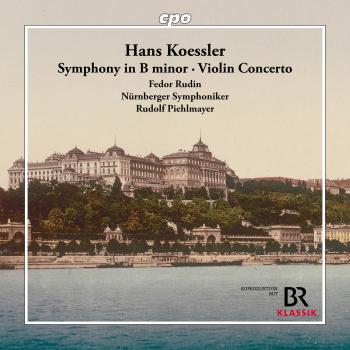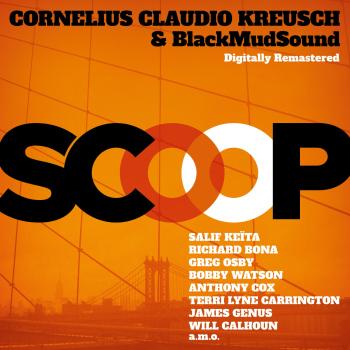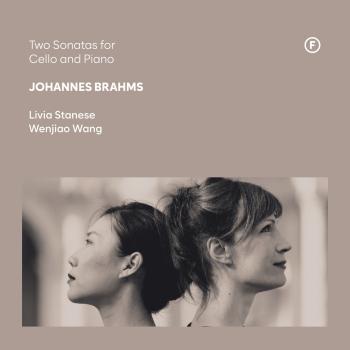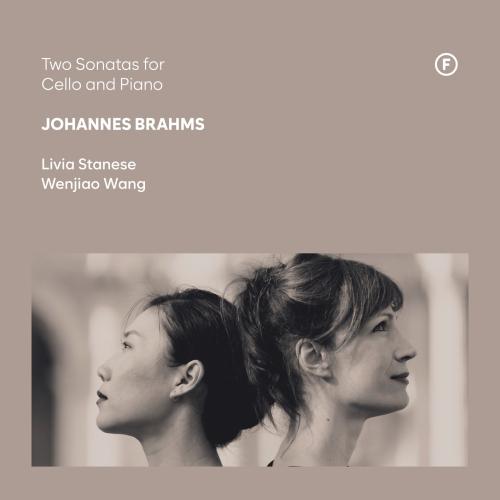
Brahms: Two Sonatas for Cello and Piano Livia Stanese & Wenjiao Wang
Album info
Album-Release:
2025
HRA-Release:
14.11.2025
Label: Fineline
Genre: Classical
Subgenre: Instrumental
Artist: Livia Stanese & Wenjiao Wang
Composer: Johannes Brahms (1833-1897)
Album including Album cover Booklet (PDF)
- Johannes Brahms (1833 - 1897): Sonata for Cello and Piano No. 1 in E Minor, Op. 38:
- 1 Brahms: Sonata for Cello and Piano No. 1 in E Minor, Op. 38: I. Allegro non troppo 14:13
- 2 Brahms: Sonata for Cello and Piano No. 1 in E Minor, Op. 38: II. Allegretto quasi Menuetto 05:46
- 3 Brahms: Sonata for Cello and Piano No. 1 in E Minor, Op. 38: III. Allegro 06:36
- Sonata for Cello and Piano No. 2 in F major, Op. 99:
- 4 Brahms: Sonata for Cello and Piano No. 2 in F major, Op. 99: I. Allegro vivace 09:11
- 5 Brahms: Sonata for Cello and Piano No. 2 in F major, Op. 99: II. Adagio affettuoso 06:40
- 6 Brahms: Sonata for Cello and Piano No. 2 in F major, Op. 99: III. Allegro passionato 07:37
- 7 Brahms: Sonata for Cello and Piano No. 2 in F major, Op. 99: IV. Allegro molto 04:33
Info for Brahms: Two Sonatas for Cello and Piano
This album brings together Johannes Brahms’ two masterful sonatas for cello and piano, works often regarded as “veiled symphonies” for their symphonic breadth within the chamber music form. Written over two decades apart, these sonatas showcase Brahms’ profound love for the cello—an instrument he studied in his youth—and his deep engagement with musical traditions stretching from Bach to Beethoven. The E minor Sonata, Op. 38, conceived as an homage to Bach, unfolds with striking intensity, combining Romantic expressiveness with contrapuntal rigor. Its expansive first movement, dance-inspired minuet, and fugal finale embody Brahms’ ability to blend historical influences with fresh emotional resonance .
The F major Sonata, Op. 99, composed during a highly fertile summer by Lake Thun in 1886, reveals a very different Brahms: fiery, impassioned, and boldly lyrical. Written for cellist Robert Hausmann, the work opens with stormy piano tremolandi and soaring cello lines, before moving into a tender, hymn-like slow movement. A dramatic scherzo brimming with rhythmic energy and a playful yet triumphant finale close the sonata, capturing both Brahms’ intellectual depth and his more exuberant side. Contemporary critics may have disagreed on its merits, but the F major Sonata has since stood as a cornerstone of the cello repertoire .
In this recording, cellist Livia Stanese and pianist Wenjiao Wang bring their artistry and international experience to Brahms’ sonatas, illuminating their balance of structural mastery and heartfelt intensity. Their interpretation underlines the works’ timeless appeal: music that is both deeply rooted in the traditions of the past and unceasingly alive in the present.
Livia Stanese, cello
Wenjiao Wang, piano
Livia Stanese
Born in 1977 into a family of musicians, Livia Stanese began studying the cello at Wenjiao Wang, born in Shenyang, China, in 1985, began playing the piano at the age of the age of seven and gave her first concert at the Villa Medici in Rome when she was eleven. She trained with Masha Janushewska, then studied at the Paris Conservatoire with Philippe Muller, graduating with top honours at the age of eighteen. She later earned a Master of Music from Rice University in Houston, studying under Paul Katz, and she was selected to play in a masterclass with legendary cellists such as Rostropovich, Yo-Yo Ma and Janos Starker. Her career was marked early on by competition successes: she won the Aspen Festival Concerto Competition (1999), took First Prize at the Potenza International Chamber Music Competitions (2001), as well as the Price Libero Lana for the best interpretation of a Brahms sonata, and was a semif inalist at the Rostropovich (2005) and Antonio Janigro (2008) competitions. A passionate chamber musician, she has shared the stage with Ivry Gitlis, Stephen Kovacevich, Jean-Frédéric Neuburger, and Geneviève Laurenceau, and has performed at major festivals such as the Mozarteum Salzburg, Dartington, Saint-Riquier, Santander, and the Flâneries Musicales de Reims.Her commitment to contemporary music is illustrated by works written for her: Trois Esquisses by Éric Tanguy (1994) and Souffle sur les cendres by Jean-Frédéric Neuburger (2010), both of which were broadcast on France Musique. In 2007, she performed the complete Bach Suites in Paris at the Festival Intrada. Since 2004, Livia has been a permanent member of the Orchestre de Chambre de Paris. She plays a 1926 Celestino Farotto cello with a by Simon F.R.
Wenjiao Wang
Born in Shenyang, China, Wenjiao Wang began playing the piano at the age of 4. Her passion for music led her to move to France at a young age, where she enrolled at the Conservatoire National Supérieur de Musique et de Danse de Paris. There, she won first prizes in piano and chamber music. She is also the recipient of several prestigious awards, including the Blüthner Classic Prize, the Ravel Academy Prize in Saint-Jean-de-Luz, and the Safran Foundation Music Prize, which was awarded to her at the Hôtel National des Invalides.
Wenjiao Wang is regularly invited to perform at numerous festivals, such as the Printemps des Arts de Monte-Carlo, where she premiered Blue Party by Christian Lauba, alongside reciter Daniel Mesguish. She has also performed in a duo with Jean-François Zygel at the 1001 Notes Festival. Her recital engagements have taken her to esteemed events like the Périgord Noir Festival, the Musique sur Ciel Festival, the Melodia di Vino Festival in Italy, and the Encuentro Internacional Arte Joven Festival in Mexico.
She has performed at prestigious venues, including Salle Gaveau, where she played a double concerto by Mozart with the Alliance Orchestra. Her chamber music concerts and recitals have also taken place at the Cité de la Musique, Salle Cortot, Musée d'Orsay, Opéra Comique in Paris, and the Shanghai Oriental Art Center in China.
Booklet for Brahms: Two Sonatas for Cello and Piano

